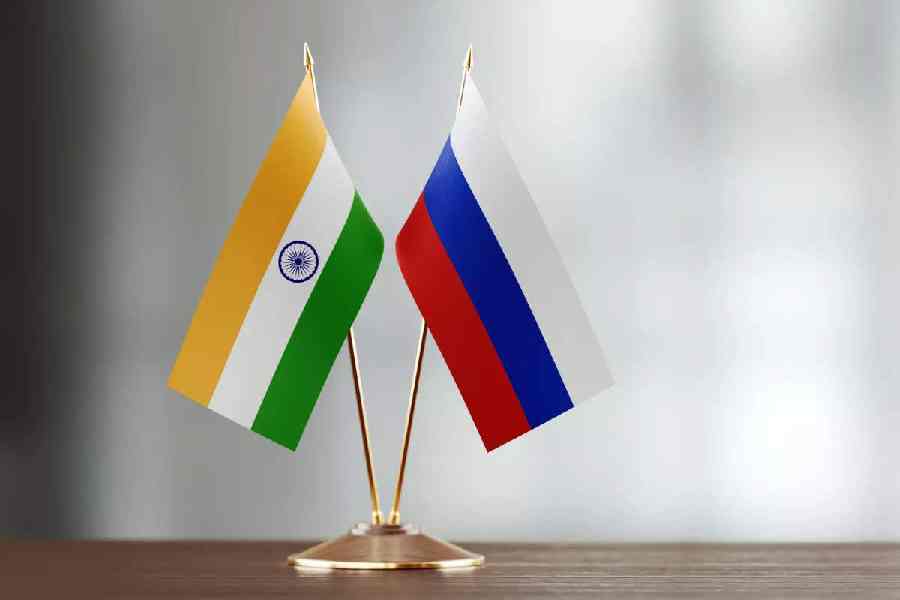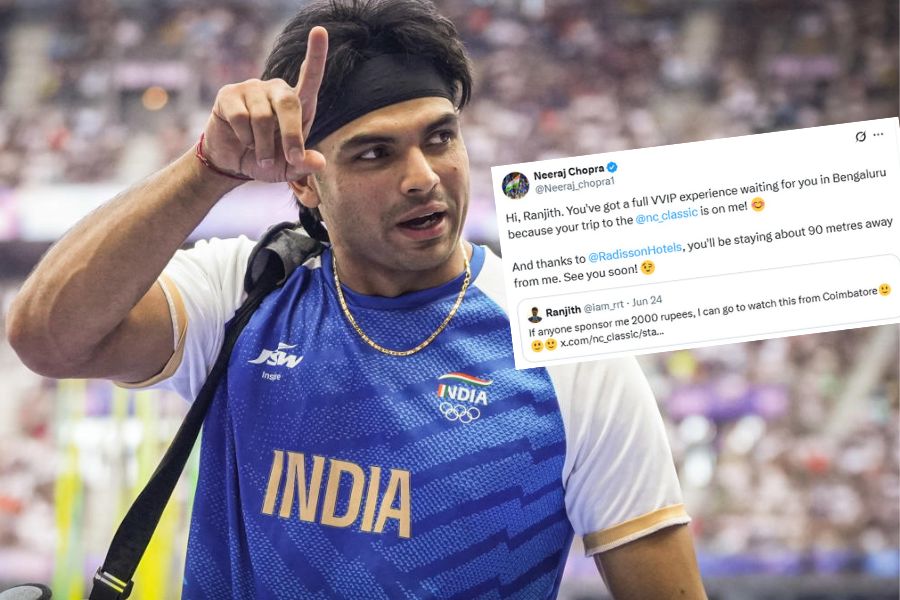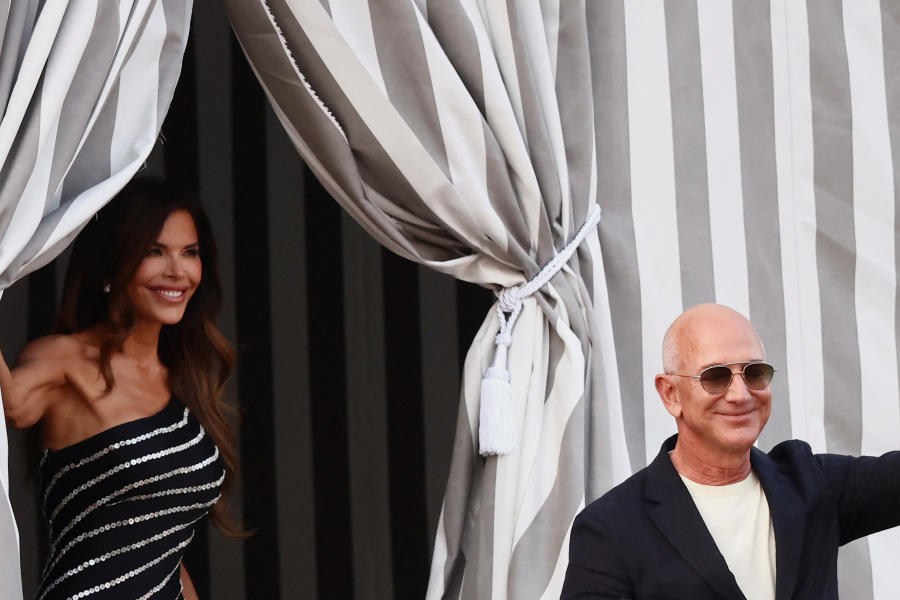 |
| The exhibition at Trafalgar Square |
The good folk of Delhi, who have come to London to escape the burning heat of the Indian summer, must have had mixed feelings had they chanced to pass through Trafalgar Square yesterday.
Under Lord Nelson’s watchful and probably disapproving eye, part of the square was taken up with Indian stalls as part of an exposition of Dilli Haat. This is the arts and craft exhibition in Delhi that draws its exhibits from all parts of India.
The Prince of Wales was meant to spend barely 20 minutes looking at Dilli Haat but lingered for two hours during a visit to India two years ago. At the time, he suggested it might be a good idea to bring Dilli Haat to London. This is precisely what has happened under an agreement between Ken Livingstone, the mayor of London, and Delhi chief minister Sheila Dikshit.
On the hottest day of the year so far, when the temperature reached 31 degrees Celsius (still more than 10 degrees below either Delhi or Calcutta), she lit a ceremonial lamp, flanked by the businessman, Lord Swraj Paul, and Tessa Jowell, secretary of state for culture, media and sport. This was followed by dancing ? Garba, Manipuri and Odissi ? on the steps leading down to Trafalgar Square, with the National Gallery and the church of St Martin’s-in-the-Field in the background.
The crowd of foreign spectators, which grew in size as the day wore on, seemed impressed.
There are quite a few shops in London selling Indian handicrafts but the selection is usually uninspired and often tacky.
Though the amount of material the dozen craftsmen and women have been able to bring to London is limited, they do suggest India is a land of treasures. There was a quiet dignity about the craftsmen and women, who were all probably paying their first visit to London.
From Gujarat, there was Rathwa tribal painting; Lambani gypsy embroidery from Karnataka; Madhubani painting and Sikki grass-weaving from Bihar; Patachitra painting and ikat handloom-weaving from Orissa; thread jewellery-making and miniature painting from Rajasthan and Kalamkari painting from Andhra.
There was also zari embroidery and lac bangle-making from Delhi; embroidered shoemaking from Punjab; papier mache painting and shawls from Kashmir and bamboo and woodcraft from Nagaland.
Dikshit said she hoped that the exhibition would be a step towards creating global awareness of India’s rich craft tradition. “Dilli Haat is a major testimony to the fact that despite modernity and its aggressive onslaught, many traditional crafts have revived.”
She added: “India’s crafts encompass a rich heritage of skills, motifs, designs, texture identities and expression.”
Livingstone did not come himself but released a statement in which he said: “I hope we will be able to welcome other cultural events backed by the Delhi government to London.”











